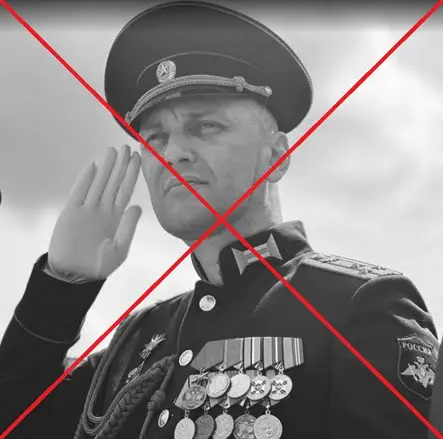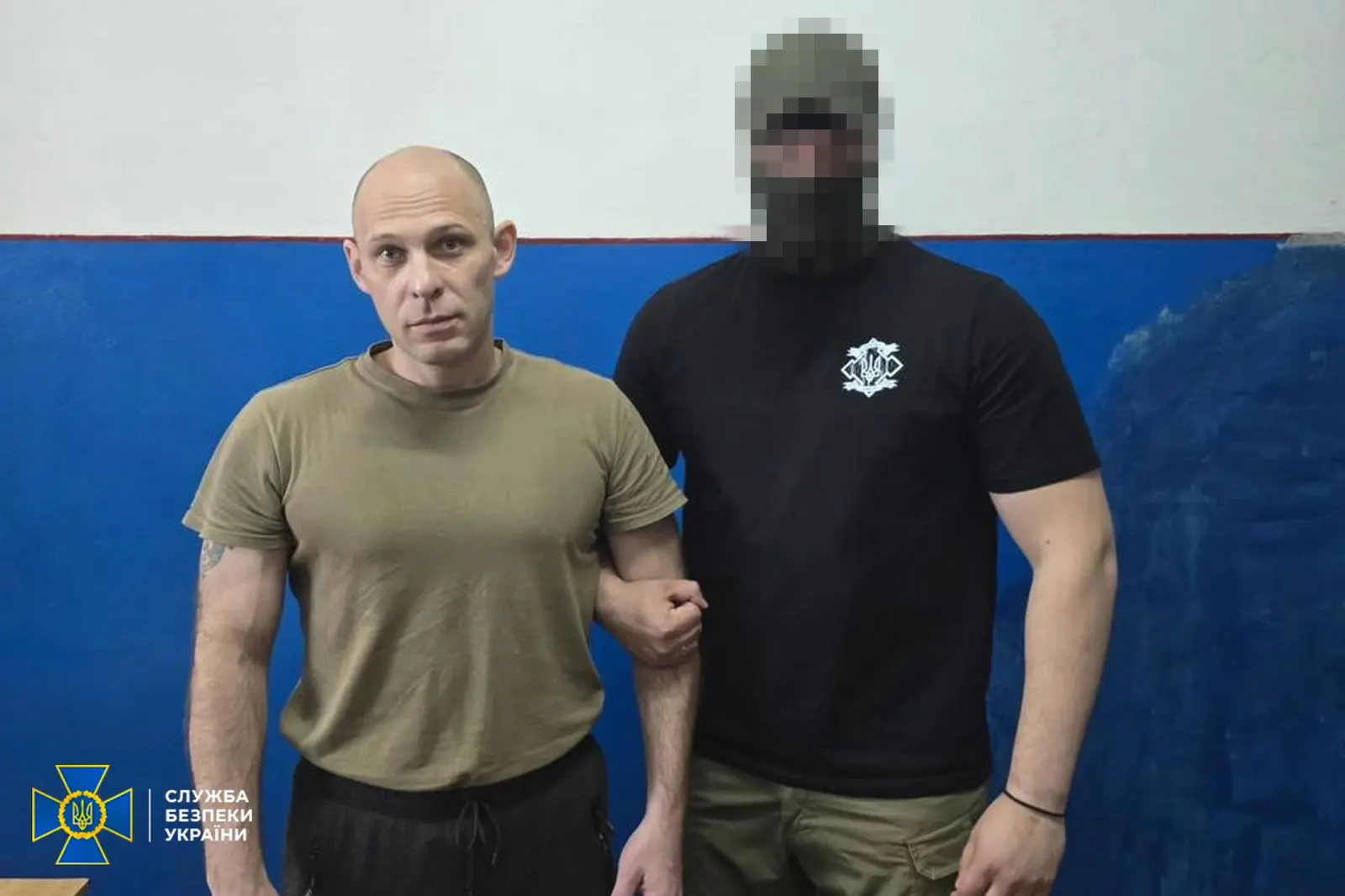1
213
5 ways you can support Ukraine — even if your government doesn't want to
(kyivindependent.com)
3
45
6
91
7
18
Artillery Philosophy - Lessons Learned and Unlearned:The Drivers of US Indirect-Fire Innovation
(www.armyupress.army.mil)
8
49
10
112
11
41
12
49
13
51
18
43
22
115
view more: next ›
Ukraine
10272 readers
466 users here now
News and discussion related to Ukraine
Community Rules
🇺🇦 Sympathy for enemy combatants is prohibited.
🌻🤢No content depicting extreme violence or gore.
💥Posts containing combat footage should include [Combat] in title
🚷Combat videos containing any footage of a visible human involved must be flagged NSFW
❗ Server Rules
- Remember the human! (no harassment, threats, etc.)
- No racism or other discrimination
- No Nazis, QAnon or similar
- No porn
- No ads or spam (includes charities)
- No content against Finnish law
💳 Defense Aid 💥
💳 Humanitarian Aid ⚕️⛑️
🪖 Volunteer with the International Legionnaires
See also:
founded 2 years ago
MODERATORS






